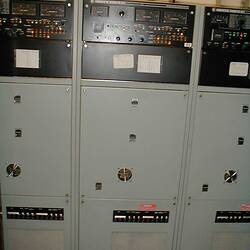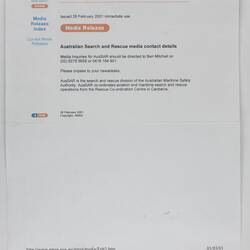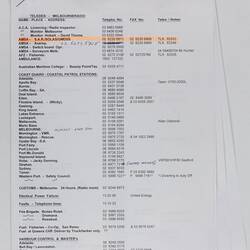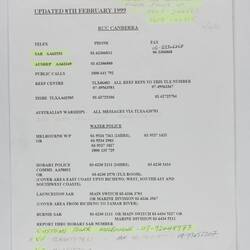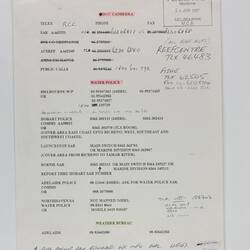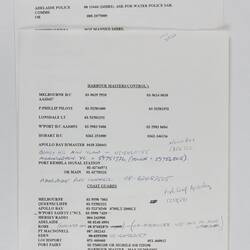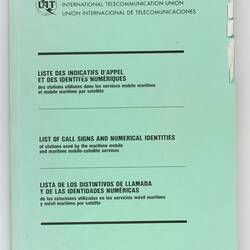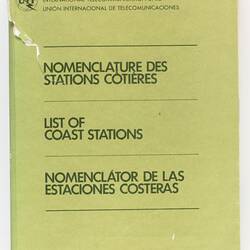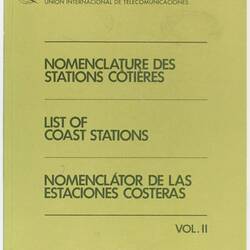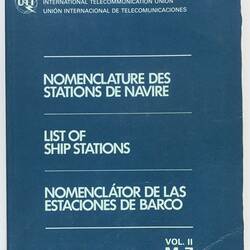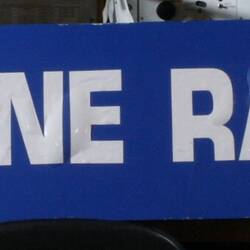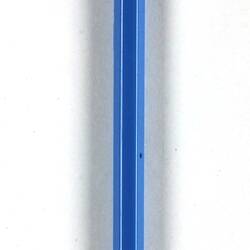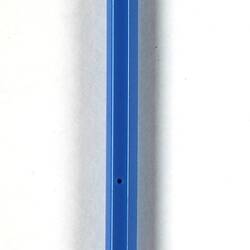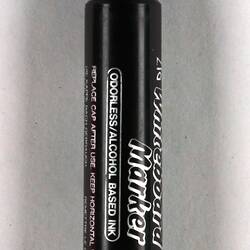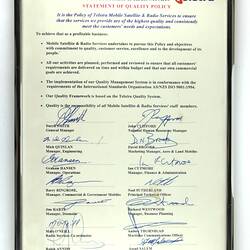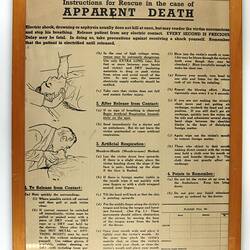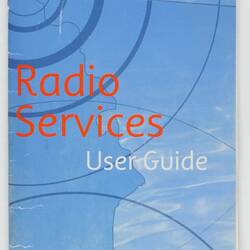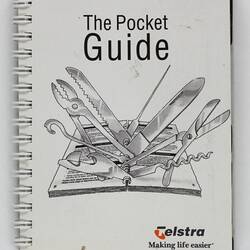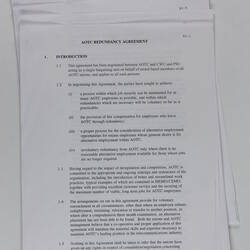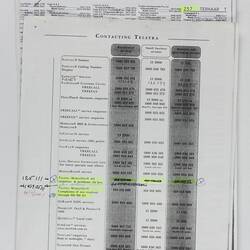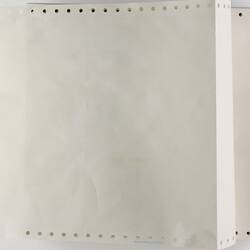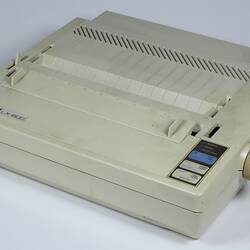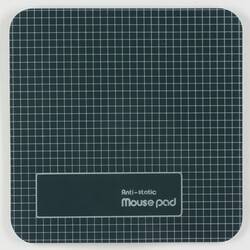Melbourne Radio
The Facility (known as Melbourne Radio) was originally set up in the Domain area of Melbourne in February 1912, a couple of months before the sinking of the Titanic. This catastrophe spurred the development of radio communications at sea leading to the establishment of the SOLAS (Safety Of Life At Sea) convention in 1914, which established the basic rules for navigation since that time.
The Facility provided a range of services to shipping. Its range was considerable - capable of sending and receiving signals from the Western Australian border to Tasmania.
In 1966, the Facility re-opened in Cape Schanck. The Cape was chosen because it was 'electrically quiet', that is it was well away from the overwhelming electrical 'noise' that has developed in the city. The Cape Schanck Facility occupied over 300 acres. Most of it was open paddock where the large aerials were located. The buildings occupied a very small part of the site, which incidentally was kept in 'you could eat off the floor' condition.
From the testimonials at the station it was (and is) highly regarded by seafarers for its helpful service in providing weather reports, ship to phone communication links and communications services on a range of bands in voice and, until recently, in Morse code. The services provided by Melbourne Radio, such as Morse code, were gradually closed down due to changes in policy and developments in communication technology, for example, satellite communications systems.
The last official Morse code communication in Australia was conducted between Melbourne Radio and the Station in Canberra on 1 February 1999.
The Melbourne Maritime Communications Facility at Cape Schanck was closed down on 1 July 2002 after 90 years of operation.
Melbourne Radio Collection at Museum Victoria
The Melbourne Radio Collection contains just under 500 items and includes communications equipment and documentation, general office items and photographs taken both before and after the Station's closure on 1 July 2002.
The collection was acquired to provide both a snapshot of a turn of the century work place and one of a maritime facility, with a history going back to almost the beginnings of radio communication. Key items in the collection include the broadcast console and three transmitters; one that was used up to the closing of the station and two that were installed in 1966.
Other Resources
The following website provides information on the facility and the network of which Melbourne Radio was a part: http://coastradio.info/vim.html
More Information
-
Keywords
-
Authors
-
Article types


